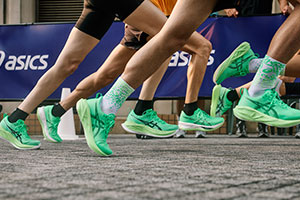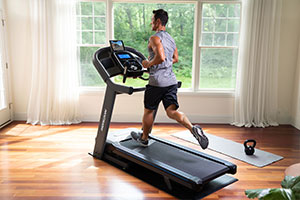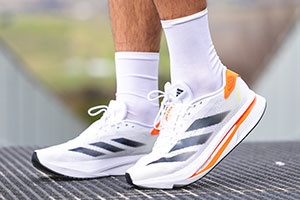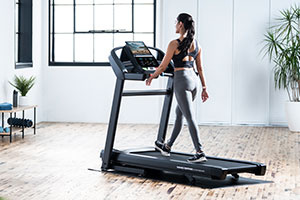-
Mens

Nike Attack Pack
Shop latest Nike Attack Football Boots Pack Now

Asics Gel-Kayano 32
Shop Latest Asics Kayano 32 Running Shoes
-
Womens

Asics Gel-Kayano 32
Shop Latest Asics Kayano 32 Running Shoes

Lorna Jane Latest Styles
Shop latest Lorna Jane styles now
-
Kids

Nike Attack Pack
Shop Latest Nike Football Boots

Ascent New Releases
Shop Latest Ascent Kids Shoes
-
Sports
FOOTBALL
Australian Rules (AFL)
Soccer
- Football Boots
- Soccer Balls
- Goal Keeping Gloves
- Shinguards
- Goals & Training Equipment
- Soccer Fangear
- View All
Running
Rugby
- Football Boots
- Rugby League Balls
- Rugby Union Balls
- Headgear & Shoulder Pads
- Mouthguards
- Kicking Tee & Training
- NRL Fangear
Basketball
- Systems & Backboards
- Basketballs
- Basketball Clothing
- Basketball Shoes
- Coaching & Accessories
- NBA Fangear
- View All
Boxing
Cricket
- Cricket Bats
- Batting Gloves & Pads
- Cricket Helmets
- Cricket Shoes
- Cricket Clothing
- Cricket Bags
- Wicket Keeping
- Cricket Balls
- Cricket Accessories
- Guards
- Training Equipment
- View All
Netball
Swimming
Volleyball
Hockey
Tennis & Racquet
- Adult Tennis Racquets
- Junior Tennis Racquets
- Tennis Balls
- Tennis Bags
- Tennis Clothing
- Tennis Shoes
- Tennis Accessories
- Pickleball
- Badminton
- View All
Injury Support
Accessories

NBA Basketball
Shop Latest Basketball Fangear

Football Fangear
Shop latest Football Fangear
-
Fitness

Smart Watches
Shop New Smart Watches & Activity Trackers

Boxing
Shop Boxing essentials
-
Fangear
Rugby League
- State of Origin
- North Queensland Cowboys
- Brisbane Broncos
- Redcliffe Dolphins
- South Sydney Rabbitohs
- Penrith Panthers
- Parramatta Eels
- Canterbury Bankstown Bulldogs
- Cronulla Sharks
- Canberra Raiders
- Manly Warringah Sea Eagles
- Indigenous All Stars
- Gold Coast Titans
- Melbourne Storm
- Newcastle Knights
- New South Wales Blues
- New Zealand Warriors
- Sydney Roosters
- Queensland Maroons
- West Tigers
- Australian Kangaroos
- View All Teams
Australian Rules (AFL)
- Collingwood Magpies
- Carlton Blues
- Essendon Bombers
- Port Adelaide Power
- Geelong Cats
- Richmond Tigers
- West Coast Eagles
- Brisbane Lions
- Hawthorn Hawks
- Sydney Swans
- Adelaide Crows
- Fremantle Dockers
- Gold Coast Suns
- Greater Western Sydney Giants
- Melbourne Demons
- St Kilda Saints
- North Melbourne Kangaroos
- Western Bulldogs
- View All Teams
Basketball NBA
- Los Angeles Lakers
- Chicago Bulls
- Golden State Warriors
- Milwaukee Bucks
- Charlotte Hornets
- Memphis Grizzlies
- Boston Celtics
- Phoenix Suns
- Oklahoma City Thunder
- San Antonio Spurs
- Atlanta Hawks
- Brooklyn Nets
- Cleveland Cavaliers
- Dallas Mavericks
- Denver Nuggets
- Los Angeles Clippers
- Miami Heat
- New Orleans Pelicans
- Portland Trail Blazers
- Toronto Raptors
- Philadelphia 76ers
- Washington Wizards
- Junior NBA Fangear
- View All Teams

World Cup 2026 | MAKE IT YOUR GAME
Shop Latest World Cup 2026 Collection

NBA Season
Shop Latest NBA Collection
-
New Releases

Nike Attack Pack
Shop latest Nike Attack Football Boots Pack Now

Asics Ekiden Pack
Shop Latest Asics Ekiden Running Shoes Pack

World Cup 2026 | MAKE IT YOUR GAME
Shop Latest World Cup 2026 Collection

Asics Azura Pack
Shop Latest Asics Azura Football Boots Pack

Asics Gel-Kayano 32
Shop Latest Asics Kayano 32 Running Shoes

Horizon Fitness Equipment
Shop Latest Horizon styles now
-
Brands
View All Brands
Nike
Asics
Adidas
New Balance
Converse
Puma
Brooks
Spalding
Champion
Gray-Nicolls
Kookaburra
Jordan
2XU
Sherrin
Frank Green
Hoka
On Running
PTP
Speedo
Mitchell & Ness
Steeden
Bodyworx
Horizon
Everlast
Canterbury
Running Bare
Formula Sports
Wilson
Mizuno
Edgefit
Skins

All Brands
Big Brands Great Prices

adidas
Shop all adidas shoes & apparel

Asics
Stability Never Felt Better

New Balance
Make it Your Run - New Balance
-
SALE
Mens
Kids
Footwear
Clothing
Equipment
MULTI-BUYS
- 2 For $100 Fleece
- 2 For $80 Kids Fleece
- 2 For $70 Performance Apparel
- 2 For $60 Tees
- 2 For $50 Kids Tees
- 4 For $20 INTERSPORT Socks
View All Sale

SALE MENS
Shop All Mens Sale

SALE WOMENS
Shop All Womens Sale

Intersport Socks
Buy 4 for $20

SALE KIDS
Shop All Kids Sale

Multi-Buys
Shop Our Multi-Buy Offers

SALE EQUIPMENT
Shop all Equipment Sale





















































